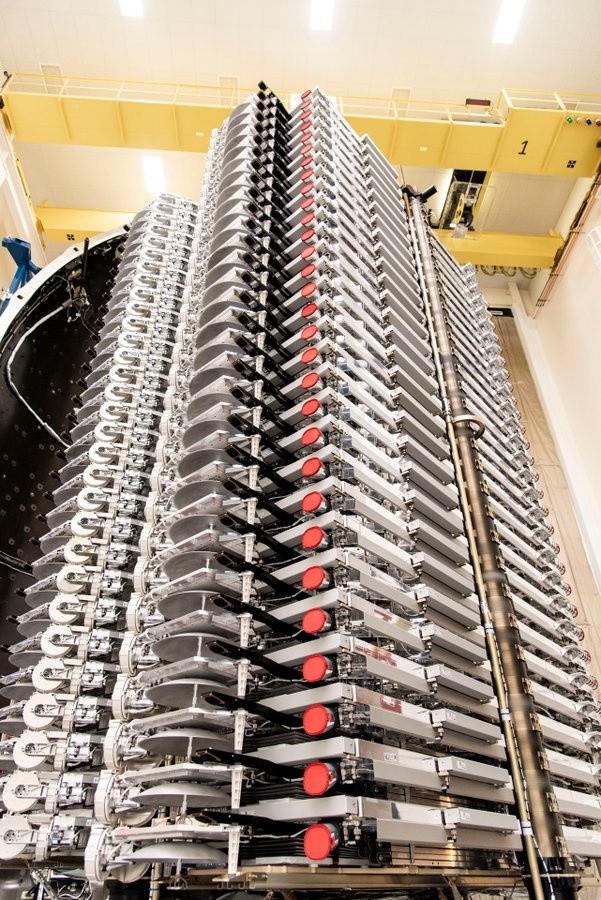
On Monday, Nov. 11, Elon Musk's plan to bring internet connectivity to everyone became one step closer as SpaceX, Musk's Aerospace company, launched 60 mini-satellites as part of its Starlink project.
The mini-satellites, in a mission named Starlink 1, were carried abroad a SpaceX Falcon 9 rocket, the semi-reusable launch rocket continuously being developed by the company since 2010. The rocket took off from Cape Canaveral in Florida at 14:56 UTC. It released its payload at an altitude of 280km from the ground and successfully deployed all 60 of its payloads. However, SpaceX has not communicated when and where the Falcon 9 will return to back to earth.
Previous Starlink launches
This is the third successful launch of Starlink Satellites by SpaceX. On February 22 2018, the first launch sent two test satellites into space. Nicknamed Tintin A and B, these were launched alongside the Spanish satellite Paz owned by Hispasat. With the successful test launch of Tintin A and B, SpaceX finally confirmed the viability of doing so and proceeded to launch more satellites the following year.
On May 24, the first batch of Starlink satellites were launched into orbit. These satellites did not have inter-satellite communications and were only able to communicate with ground-based antennas. Another mission (designated Starlink 2) is planned to launch late November.
SpaceX's ambitious plans
Starlink was publicly announced in a SpaceX event in 2015. Elon Musk's original plan was to deploy enough satellites to create internet linkages to underserved areas in the planet, as well as to create competition in highly urban cities where internet services are either expensive and slow or dominated by one or two entities.
SpaceX plans to release as many satellites as possible, with around 12,000 satellites already approved by the US Federal Communication Commission (FCC). The company also plans to build around a million satellite earth stations that will communicate with the launch of the satellites in low-orbit space.
SpaceX plans to use the revenue from the completed Starlink project to fund further development of the system. The company hopes to use this technology in future Mars expeditions and missions to create internet linkages without the traditional need to set up land-based cellular sites.
Not a perfect project
The plan has been met with some criticism. Astronomers claim that once the project is in full swing, the number of visible satellites will clutter the sky and thus will impact scientific observations on extraterrestrial bodies. The spacecraft will supposedly also add radio noise, thus making ground-based observations much more difficult. There are also concerns about how the company will handle space junk relating to the project, as it is not uncommon for satellites to fail while in orbit.
ⓒ 2025 TECHTIMES.com All rights reserved. Do not reproduce without permission.




